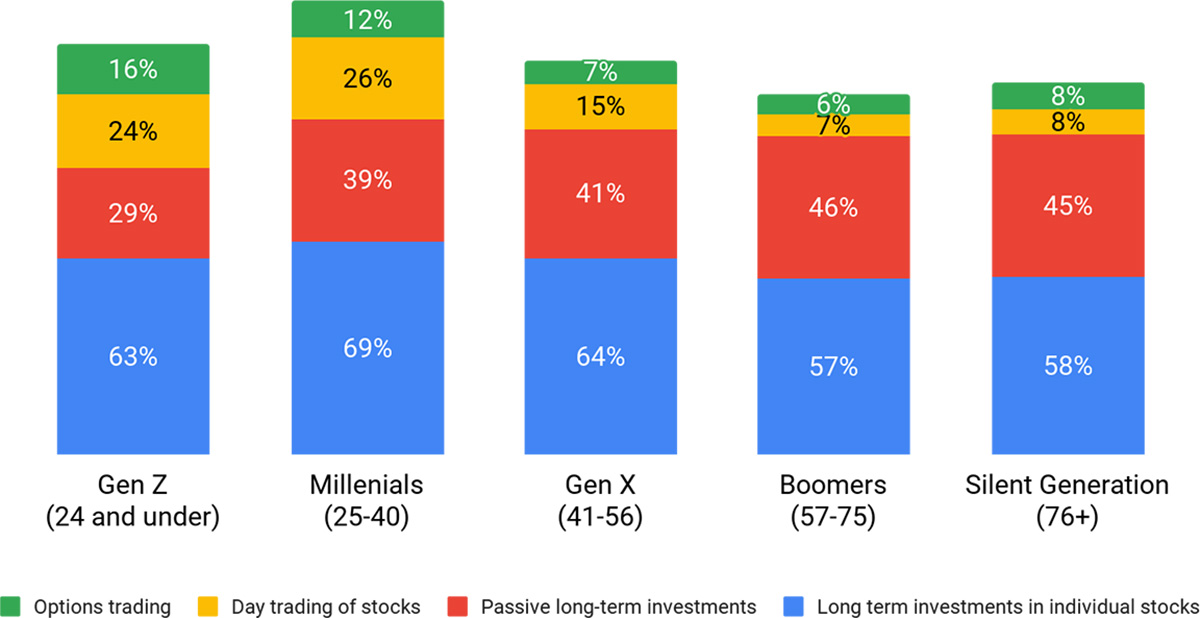

Finance
Stock-For-Stock Definition
Published: February 2, 2024
Learn the definition of stock-for-stock in finance and how it impacts investment decisions. Enhance your understanding of the concept and its implications.
(Many of the links in this article redirect to a specific reviewed product. Your purchase of these products through affiliate links helps to generate commission for LiveWell, at no extra cost. Learn more)
Stock-For-Stock Definition: Unlocking the Benefits of Merger and Acquisition
When it comes to business growth and expansion, mergers and acquisitions (M&A) play a vital role. However, the process of combining two companies can be complex, especially when determining the fair exchange of ownership. This is where a stock-for-stock transaction comes into play. In this blog post, we will dive deep into the stock-for-stock definition, its benefits, and how it can fuel the finance aspect of your business.
Key Takeaways:
- Stock-for-stock transactions involve exchanging shares between companies as part of a merger or acquisition.
- These transactions offer several benefits, including tax advantages, diversification, and the potential for increased shareholder value.
So, what exactly is a stock-for-stock transaction? A stock-for-stock transaction, also known as an equity swap, occurs when a company acquires another company by offering its own shares in exchange for the target company’s shares. This means that instead of paying cash to acquire another business, the acquiring company compensates the target company’s shareholders with its own publicly-traded stock.
This type of transaction brings advantages to both the acquiring company and the target company’s shareholders. Let’s explore some of the key benefits of stock-for-stock transactions:
1. Tax Advantages:
One of the significant benefits of stock-for-stock transactions is the potential for tax advantages. By utilizing this method, companies can often defer the tax liability associated with capital gains. This allows businesses to retain more capital, which can be reinvested in growth initiatives or distributed to shareholders.
2. Diversification:
Through a stock-for-stock transaction, shareholders of the target company gain an opportunity to diversify their investment portfolio. As they receive shares of the acquiring company, they now hold a stake in both businesses. This diversification strategy helps to spread risk across different sectors and markets.
Additionally, stock-for-stock transactions can also lead to increased shareholder value. By combining two companies, efficiencies can be realized, resulting in cost savings and improved operational performance. This, in turn, may drive up the value of the combined entity’s shares, benefiting both sets of shareholders.
In summary, stock-for-stock transactions offer an alternative method for companies to grow and expand through mergers and acquisitions. By leveraging this strategy, businesses can unlock various benefits, including tax advantages, diversification, and the potential for increased shareholder value. So, the next time you consider M&A opportunities, don’t forget to explore the power of stock-for-stock transactions.














